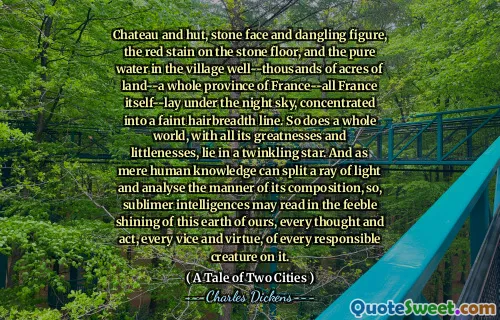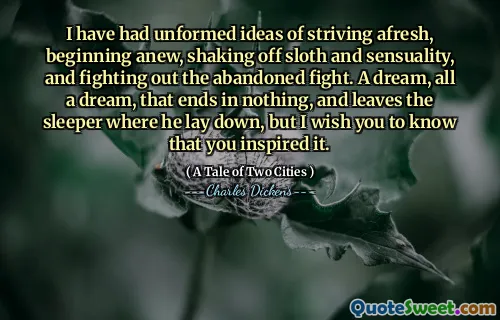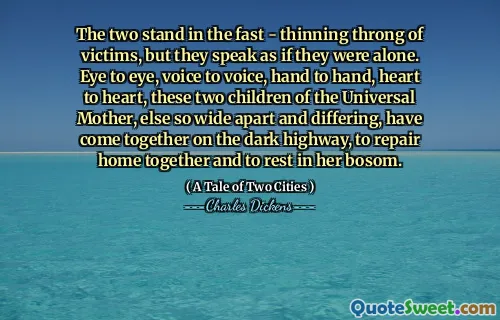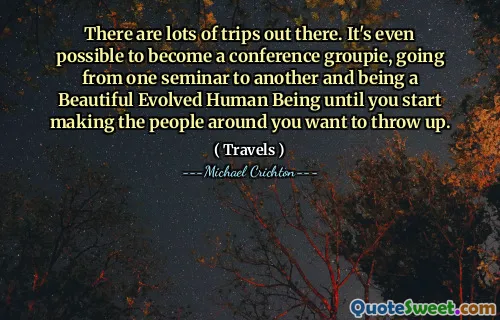
The two stand in the fast - thinning throng of victims, but they speak as if they were alone. Eye to eye, voice to voice, hand to hand, heart to heart, these two children of the Universal Mother, else so wide apart and differing, have come together on the dark highway, to repair home together and to rest in her bosom.
This passage evokes a profound sense of unity amidst chaos, emphasizing that genuine connection transcends external differences and circumstances. The imagery of two individuals standing amidst a rapidly diminishing crowd of victims highlights their isolation from the suffering around them, yet their engagement suggests a deep spiritual or emotional bond that makes them momentarily separate from the turmoil. The repeated phrases — 'eye to eye, voice to voice, hand to hand, heart to heart' — symbolize a harmonious communion that reaches beyond physical proximity to an almost sacred level of understanding. Their description as 'children of the Universal Mother' introduces an even higher sense of shared origin or divine connection, suggesting that despite disparities in background, beliefs, or social status, they are united by a common nurturing force and innate humanity. The 'dark highway' metaphorically represents a difficult journey, possibly life or death, on which they have ventured together. Their act of coming together to 'repair home' and find refuge in the Mother’s bosom is a comforting image of solace and sanctuary, implying hope and reassurance amid hardship. This excerpt reminds us that even in the bleakest times, moments of genuine connection and shared compassion can serve as a refuge and our guiding light toward reconciliation and peace. It underscores the power of empathy and the universal bond that unites us all, especially when faced with adversity.





